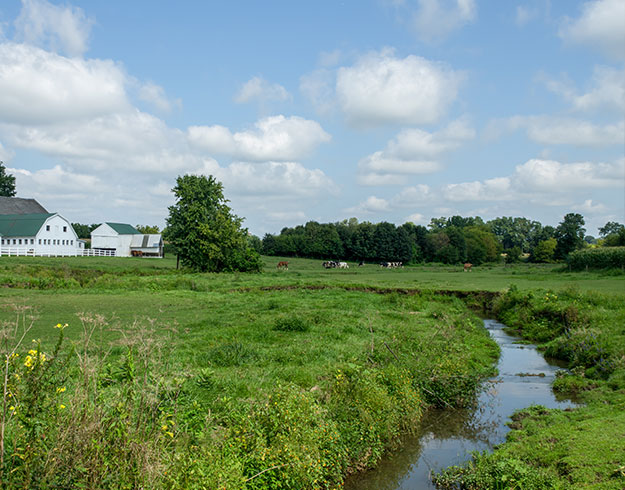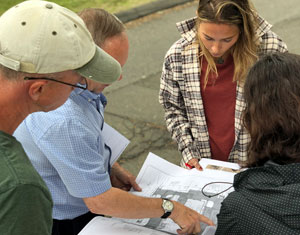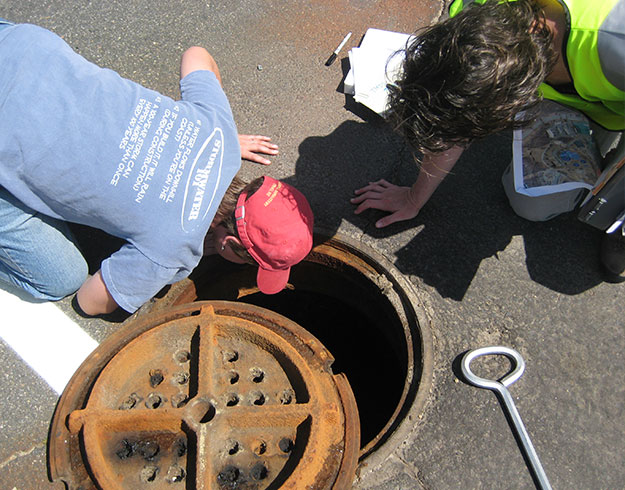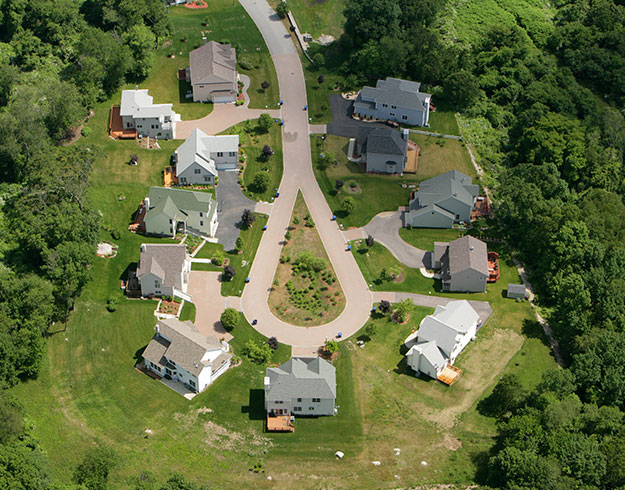Learn More about NEMO's projects throughout the years, both complete and ongoing:

Nitrogen Reduction
Federal and state programs have long focused on reducing nitrogen from point source discharges, like wastewater treatment plants, as a primary strategy to combat hypoxia in Long Island Sound. However, recent research indicates that non-point sources of nitrogen are largely responsible for degrading the water quality of coastal embayments and are a significant source of excess nitrogen to Long Island Sound in general. This means local actions play a major part of reducing the amount of nitrogen pollution in our waterbodies.

Stormwater Corps
Stormwater runoff is a growing problem for Connecticut communities. Whether it’s in response to repeated flooding, water pollution, the “MS4” stormwater permit or all of the above, town officials are looking for ways to start “disconnecting” impervious cover using low impact development (LID) practices, also known as green stormwater infrastructure (GSI).

Impervious Cover TMDL
In 2007, the Connecticut Department of Environmental Protection issued the first total maximum daily load (TMDL) in the country based on impervious cover (IC).
What does an "IC-TMDL" mean, and how does one respond to it? This website describes the Eagleville Brook watershed TMDL, a project designed to answer these questions.

Jordan Cove
This project was completed by John Clausen of the University of Connecticut with CT NEMO assisting as Outreach Educators.
The Jordan Cove Urban Watershed Section 319 National Monitoring Program Project is located in Waterford, Connecticut along the coast of Long Island Sound. The study began in 1995, and was designed to determine water quantity and quality benefits of using pollution prevention Best Management Practices (BMPs) in a residential subdivision. Monitoring took place for 10 years.